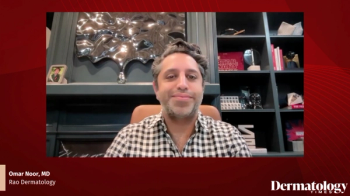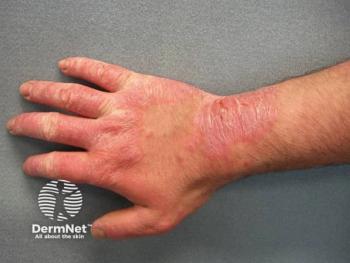
How Anastasia Georgievskaya and SkinGPT Are Addressing Gaps in the Dermatology Industry
Key Takeaways
- SkinGPT uses AI to simulate skincare product effects, enhancing communication of product efficacy through personalized visual predictions.
- Haut.AI, founded by Anastasia Georgievskaya, aims to integrate scientific rigor with dermatology using AI technology.
Haut.AI’s new tool promotes inclusive and realistic conversations on the power of skincare products, according to the CEO.
“The inability to communicate clearly the effects of products, the lack of explainable materials and visuals of what products do, and our desire to address the gap in the data is what led to the creation of SkinGPT,” Anastasia Georgievskaya, CEO and co-founder of Haut.AI, said.
In an interview with Dermatology Times, Georgievskaya introduced a groundbreaking tool that could redefine how dermatologists, brands, and consumers understand skincare product efficacy.
Georgievskaya, a scientist with a background in biophysics and a passion for beauty, founded Haut.AI with a mission to fuse scientific rigor, artificial intelligence, and dermatological space. Initially focused on software for clinical skin studies, the company noticed a crucial gap: the inability to visually communicate the actual results of skincare products. While clinical trials yield meaningful data, strict usage rights and a lack of compelling visuals limit their marketing potential.
SkinGPT addresses this gap by generating realistic, personalized simulations of how skin may respond to various products. Unlike traditional marketing claims, such as "92% of users saw brighter skin," SkinGPT offers tangible visual predictions, allowing consumers and professionals to see potential outcomes on a patient's own face.
Another driving force behind SkinGPT’s development was the lack of diversity in dermatological data. Historically, clinical studies have often focused on narrow demographics, particularly younger Caucasian populations. Haut.AI’s use of synthetic data expands representation across age groups and skin tones, ensuring that AI-based predictions are more inclusive and accurate.
In the clinical setting, SkinGPT is already proving its value as dermatology offices and cosmetic clinics can use the tool to preview how patients might respond to various treatments, like over-the-counter products and advanced dermocosmetics, before they commit. This visual aid enhances patient education and supports better decision-making, much like a simulation of aesthetic procedures does in plastic surgery.
Ultimately, SkinGPT serves as a powerful bridge between clinical science and patient understanding, according to Georgievskaya. It empowers dermatologists with a tool to communicate clearly, ethically, and inclusively, a step forward in both skin health and digital innovation.
Newsletter
Like what you’re reading? Subscribe to Dermatology Times for weekly updates on therapies, innovations, and real-world practice tips.



















